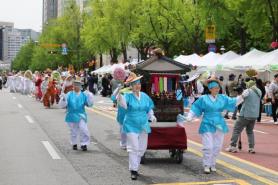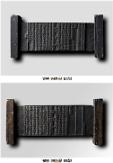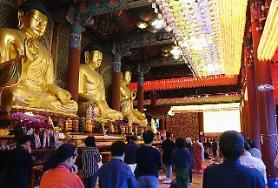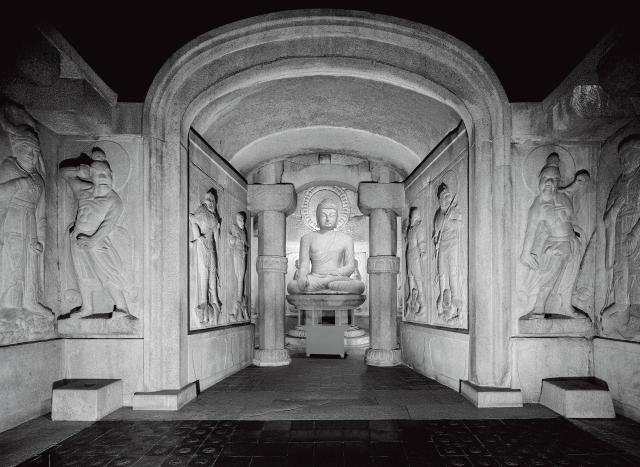
SEOUL, July 22 (AJP) - Nestled on the slopes of Mount Tohams, the Seokguram Grotto stands as a testament to the apex of Buddhist art during the unified Silla Dynasty.
Regarded as a paramount masterpiece, its creation began in 751 under the patronage of Kim Dae-seong, then the prime minister to King Gyeongdeok. The grotto was completed 23 years later, in 774 during the reign of King Hyegong.
King Gyeongdeok's era (742-765) is celebrated as a golden age for Silla's Buddhist artistic endeavors. Beyond Seokguram, this period saw the emergence of other iconic cultural treasures, including the Bulguksa Temple, Dabotap Pagoda, Seokgatap Pagoda, and the magnificent Hwangnyongsa Bell.
Crafted from white granite, the grotto's interior once housed 40 carved Buddhist figures surrounding a central Buddha. Today, 38 of these intricately sculpted figures remain.
What truly sets Seokguram apart is its remarkable synthesis of disciplines: architecture, mathematics, geometry, religious philosophy and artistic expression converge harmoniously within its design.
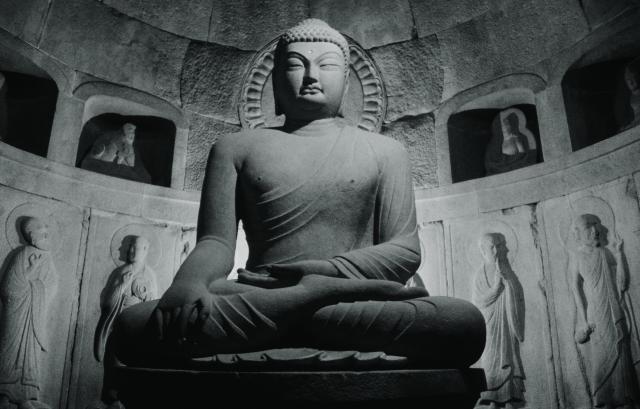
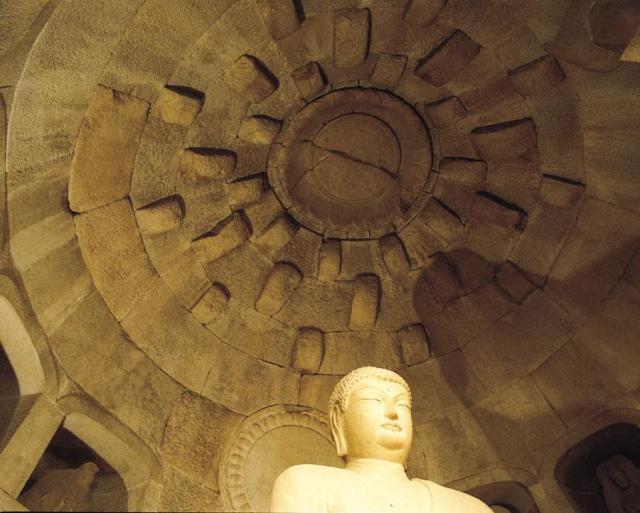
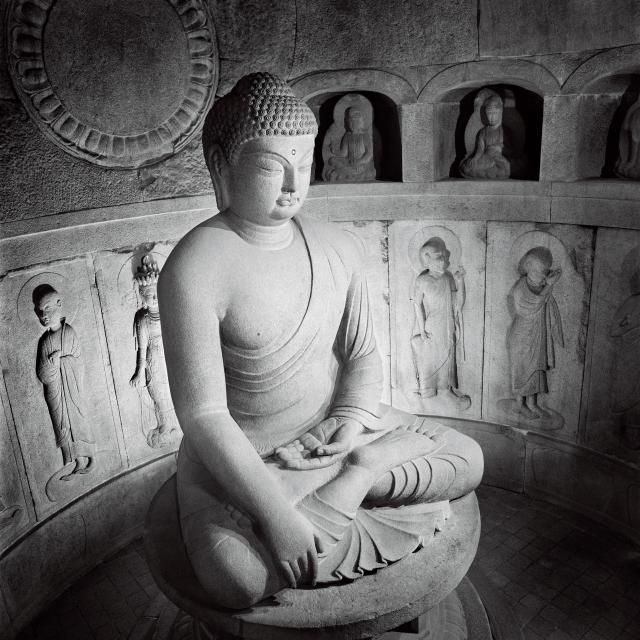
The Seokguram Grotto is officially recognized as a National Treasure of South Korea. In a significant historical designation, it was jointly inscribed with Bulguksa Temple on the UNESCO World Cultural Heritage list in December 1995.
Within the grotto, the antechamber, serving as the entrance, and the walls of the narrow passageway are adorned with symbolic Buddhist carvings.
The main Buddha, rendered with masterly technique and lifelike detail, exudes a profound tranquility. Other sculptures contribute to a collective body of work that is considered unparalleled in East Asian Buddhist sculpture.
The profound serenity of the main Buddha, nestled within the grotto's hushed confines, imparts a deep sense of mystery, its natural form seeming to emanate compassion to all who behold it.
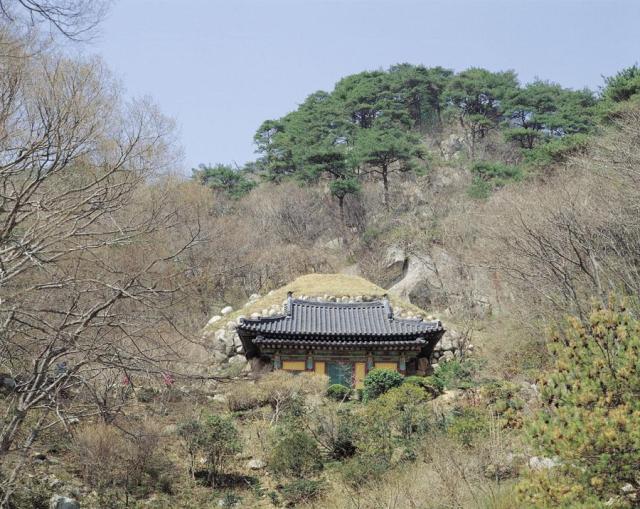
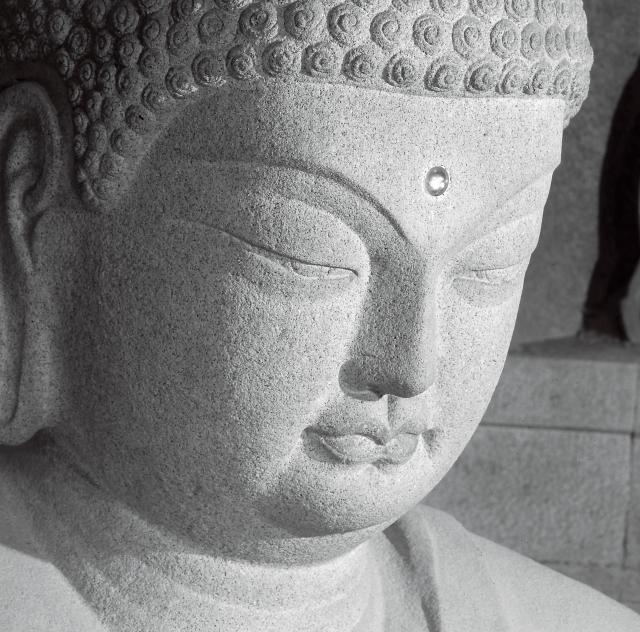
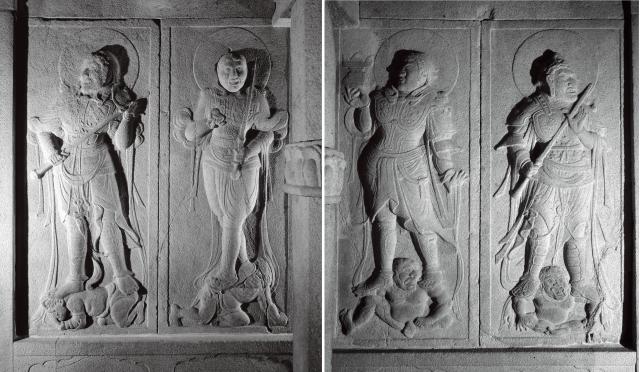
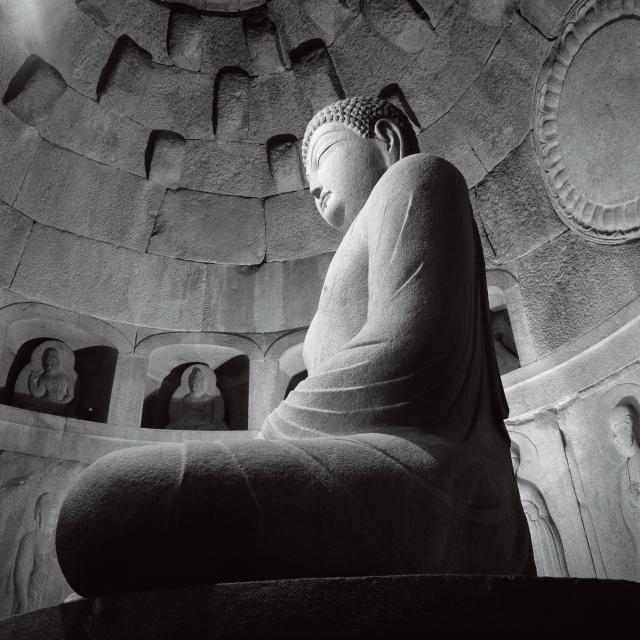
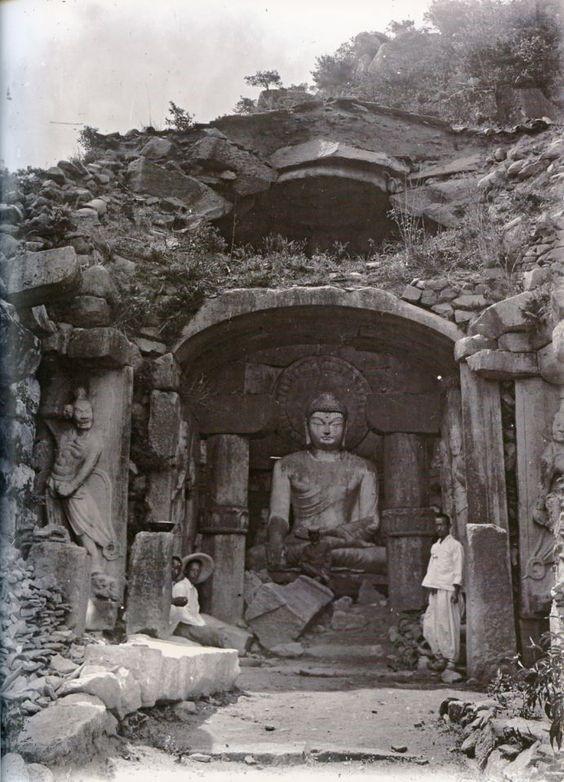
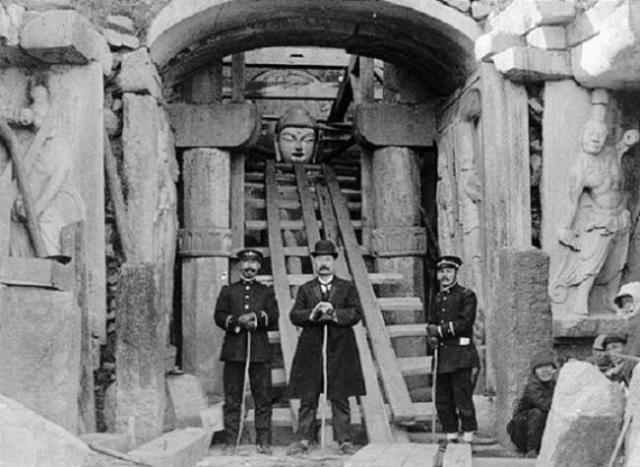
Seokguram Grotto during restoration work in the 1910s/ Courtesy of Sungkyunkwan University Museum
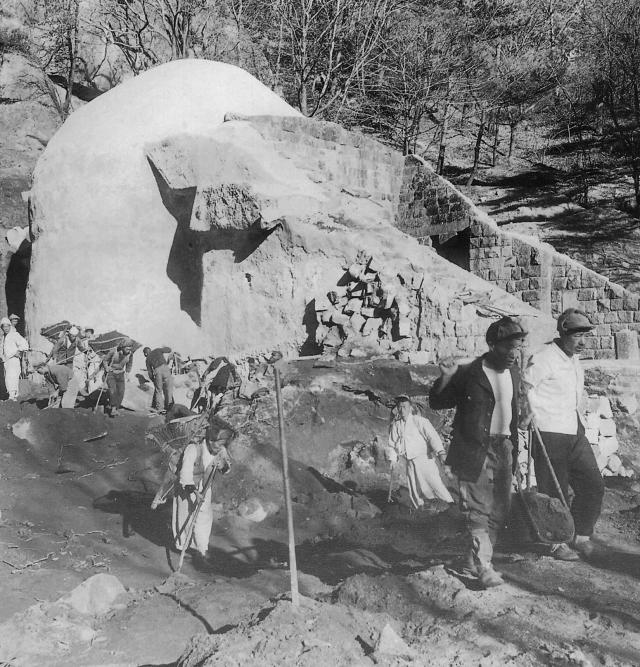
Copyright ⓒ Aju Press All rights reserved.


